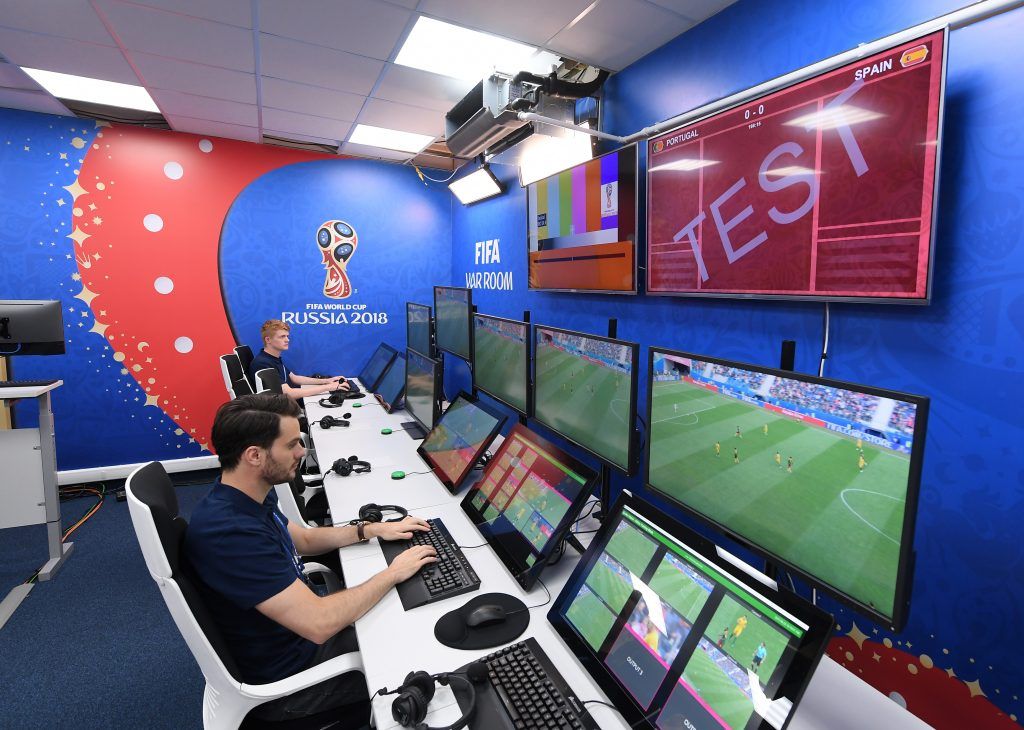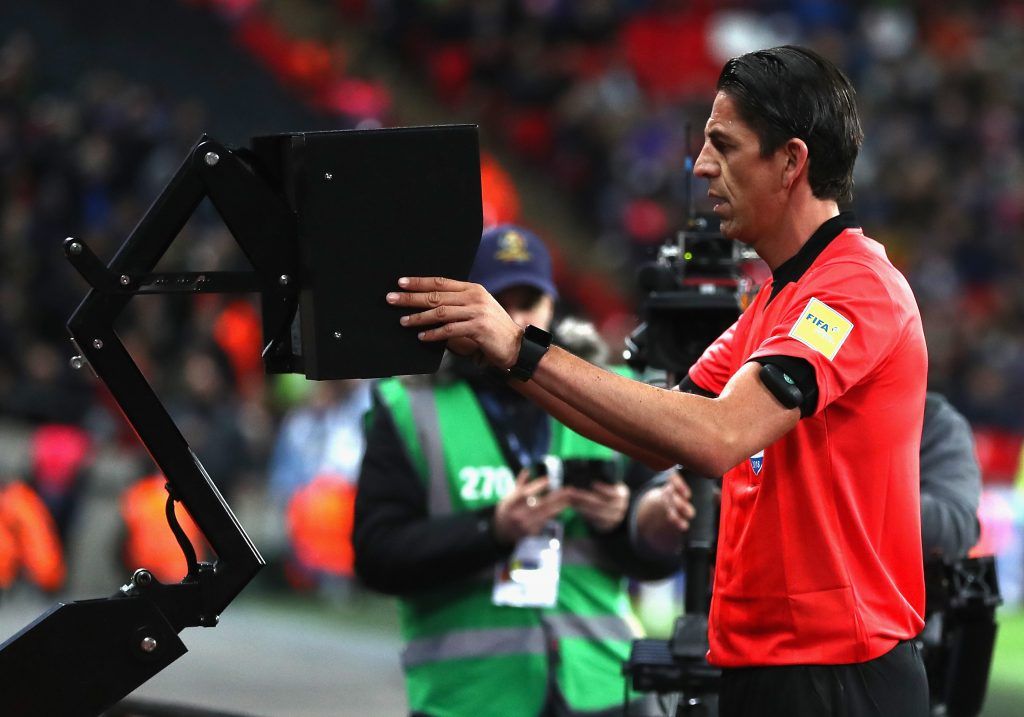For the first time ever, Video Assistant Referees will be used at the World Cup.
Video Assistant Referees, commonly referred to as VAR, were trialled in various formats during the 2017/18 football season. Such a big change to the way football is officiated requires a period of adaptation. The decision to use the system in this summer’s World Cup, therefore, sparked a lot of outrage, with people fearing that the tournament would be ruined by the referees’ lack of experience with the system.
Many people will be unfamiliar with the system and how it works. In which contexts is it implemented and which official delegates to whom?
Fear not my friends. We are here to explain all. Join me on this journey of discovering how VAR actually works.
When is it used?
The referee can only defer to VAR in four different circumstances:
- Goals
- Penalty decisions
- Direct red card incidents
- Mistaken identity
This means that in the case of normal fouls committed outside each penalty area, VAR cannot be called upon. Nor can it be used in situations of two yellow cards leading to a red, or dubious offside calls.
How is it implemented?
After the incident in question occurs, the first step is for the referee to inform his Video Assistant Referee.
Then, the referees in the studio review the incident from a range of camera angles and advise the on-pitch on how to proceed referee based on their verdict.
The referee then makes a decision based on the advice he is given and his own understanding of the incident. He is not obliged to follow the VAR’s advice, but it is unlikely that a referee would refer to VAR and not take their advice.
The on-pitch referee can also view the incident himself on a screen should he feel it is necessary.

























